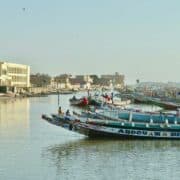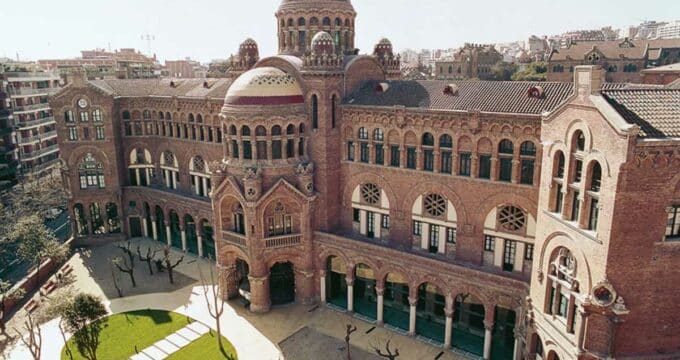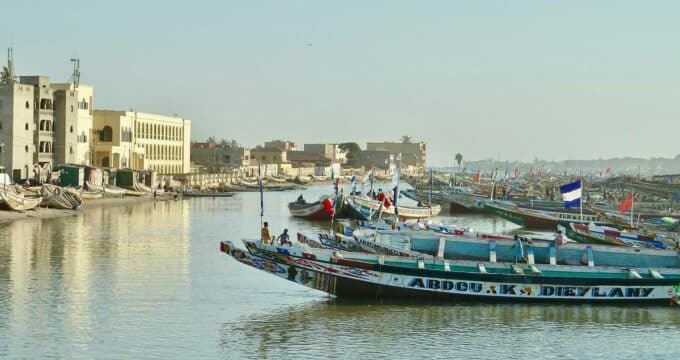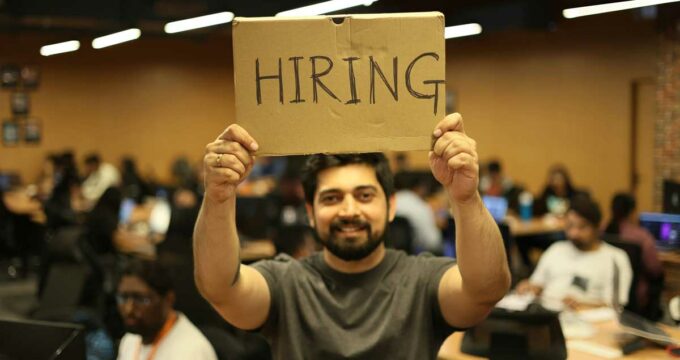Continuing expansion for education in the Middle East
The Middle East continues to see dramatic growth in education capacity, driven especially by booming population growth and burgeoning demand for tertiary education by women. Consider a couple of examples from the United Arab Emirates and Saudi Arabia respectively:
- There are currently about 185,000 children enrolled in 183 primary and secondary schools in Abu Dhabi alone. The UAE English-language daily The National reported recently that the emirate will need up to 100 new schools to accommodate an additional 146,000 students in the next seven years.
- Saudi Arabia, meanwhile, continues to see substantial growth in education funding. Education spending by the Saudi government has nearly doubled over the past six years from US$28.12 billion in 2008 to US$54.54 billion in 2012.
These are telling illustrations of the growth factors animating education demand across the region:
- A strong commitment on the part of governments to improve the capacity and quality of education through reforms and increased public expenditures.
- An increasing population base coupled with an expanding expatriate population.
- An increased willingness, and financial means, of parents to ensure high-quality education for their children.
The growth in education capacity within the region continues to be coupled as well with large-scale scholarship programmes, most notably Saudi Arabia's massive King Abdullah Scholarship Programme (KASP). KASP provides full funding for more than 130,000 Saudi students to pursue higher education abroad and the programme was recently renewed by the Saudi government for a third five-year term. With this latest renewal, it will now run through 2020.
STEM research and innovation
The impact of these dramatic spending increases in Saudi Arabia has been profound. New universities have been established, often with a focus on science, technology, and medicine, and some institutions, notably King Saud University in Riyadh, are beginning to factor more prominently in global rankings. But, aside from simply keeping up with demand, it seems clear that these significant new investments are being made with a larger purpose. Scientific research and innovation in the region has not kept pace with the rest of the world, and increasingly education – applied sciences, research, and technology in particular – is seen as an important driver of social and economic development. Dr Sultan Ayoub Meo is a leading Saudi academic and researcher. In a recent, lengthy interview with Arab News, he summarised the situation as follows: "Despite housing a quarter of the global population, Muslim countries generate about 11% of [the world's] science, and hardly make 0.1% of the world’s original research discoveries…The Muslim world has scientists, engineers, and technicians in a single digit per thousand of its population whereas the rest of the world has an average of 41, and 139 scholars per thousand for countries of the Organization for Economic Cooperation and Development (OECD).
"A large number of scientists, researchers, physicians and engineers from Muslim countries have made their careers in the West. They are producing and crediting the western universities and research institutes with some novel ideas. The problem isn’t the lack of talent, knowledge or skills; rather there has been a lack of appreciation, reward and failure to comprehend the role and place of science in our society. These factors have caused a brain drain from Muslim countries."
Dr Meo goes on to note however that the Saudi government is clearly committed to reversing this trend, "The vision of His majesty, King Abdullah bin Abdul Aziz, is very clear, he recognised the importance of education, research, science and technology in social and economic transformation. Over the last six years, Saudi Arabia has been increasing funding for education, research, science and technology and promoting a culture of science and technology."
The role of women in Arab higher education
The Ministry of Higher Education recently announced that enrolment levels are keeping pace with increased funding and education capacity in the Kingdom. The Ministry is reporting year-over-year enrolment growth of just over 10% in 2011, and cites greater demand for higher education among women as an important factor in this growth. Women account for more than half of all enrolments at Saudi universities. The Arabian Gazette notes that, "Their enrolment has improved significantly because of a 'positive shift in the social stance toward women’s education, women are getting more encouragement and new opportunities for education'." In a related development late last year, The Economist Intelligence Unit released a report entitled "Accelerating Growth: Women in science and technology in the Arab Middle East". The report describes a pattern of increasing participation in higher education by women in the Middle East, and in the sciences in particular. However, "Accelerating Growth" also points out an important disconnect between this burgeoning enrolment, the apparent science and tech focus of regional governments, and the prospects for women to engage in scientific fields after graduation.
"From Algeria to Yemen, most nations in the Arab Middle East have been addressing the need to create economies that are sustainable in the long term. For most, this entails significant reform. As part of wide-ranging ambitions to create knowledge-based economies, Arab governments are fostering growth in science and technology in the region. In doing so, the region’s leaders, from policymakers to business executives, are increasingly acknowledging the role of women in securing a sustainable economic future."
"UNESCO figures show that in Palestine, 56% of undergraduate enrolments in 2010 were by women, compared with 47% a decade earlier. This is especially pronounced in science: in Saudi Arabia, for example, 65% of all enrolments in science degrees in 2010 were by women, compared with 40% a decade earlier. In science studies across most Arab states, the reversal of the gender gap - where women were previously under-represented, but are now over-represented - is distinct.
"Yet significant challenges still need to be overcome. More Arab women than men are graduating in science, but not all are finding their way into post-graduate research or into the workplace. This is a clear sticking point in realising the region’s economic vision."The Economist
reports that women account for just 1% of researchers in Saudi Arabia, 19% in Palestine and 22% in Libya, whereas the world average is closer to 30%. In its report on The Economist's findings, University World News adds: "[Referring to] the Saudi pattern – which exists across most of the Arab Middle East – Moneef Zou'bi, director-general of the Jordan-based Islamic World Academy of Science, was quoted in the report as saying:
'While women perform well, it can be difficult for those wishing to pursue postgraduate study to do so, because of social, economic or family factors.'
The report recommends that efforts be made to remove these obstacles in order to increase female participation in the fields of science and technology, and that workplaces be made more attractive to women."
















